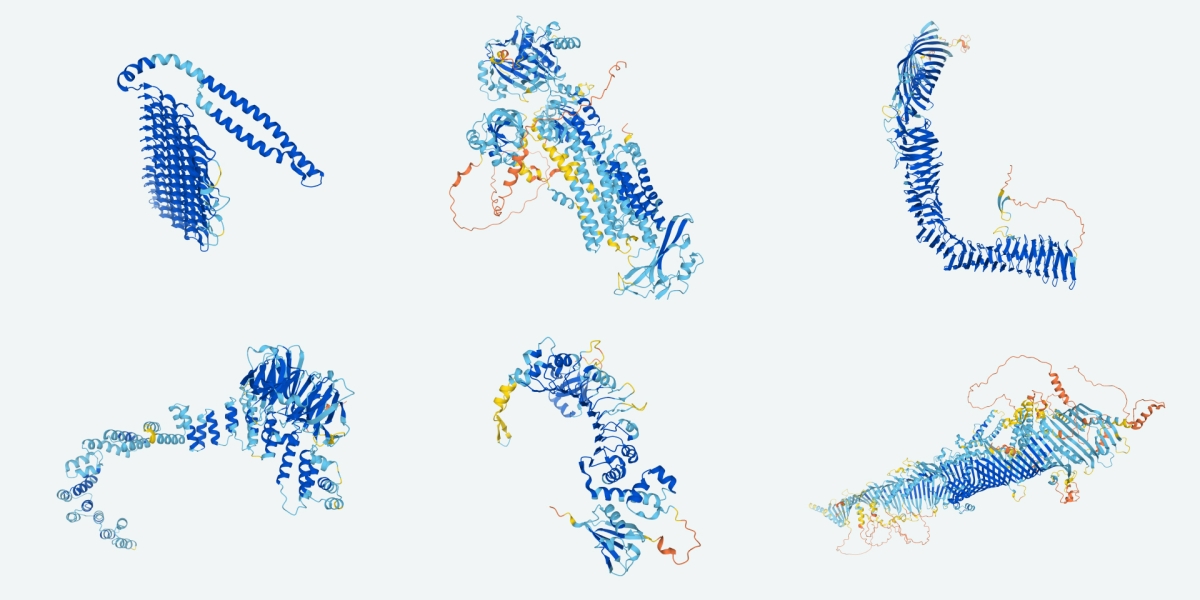
Scientists expand the genetic alphabet to create new proteins
This article has been reviewed according to Science X's editorial process and policies. Editors have highlighted the following attributes while ensuring the content's credibility:
It's a dogma taught in every introductory biology class: Proteins are composed of combinations of 20 different amino acids, arranged into diverse sequences like words. But researchers trying to engineer biologic molecules with new functions have long felt limited by those 20 basic building blocks and strived to develop ways of putting new building blocks—called non-canonical amino acids—into their proteins.
Now, scientists at Scripps Research have designed a new paradigm for easily adding non-canonical amino acids to proteins. Their approach, described in Nature Biotechnology on September 11, 2024, revolves around using four RNA nucleotides—rather than the typical three—to encode each new amino acid.
"Our goal is to develop proteins with tailored functions for applications in fields spanning bioengineering to drug discovery," says senior author Ahmed Badran, Ph.D., an assistant professor of chemistry at Scripps Research. "Being able to incorporate non-canonical amino acids into proteins with this new method gets us closer to that goal."























